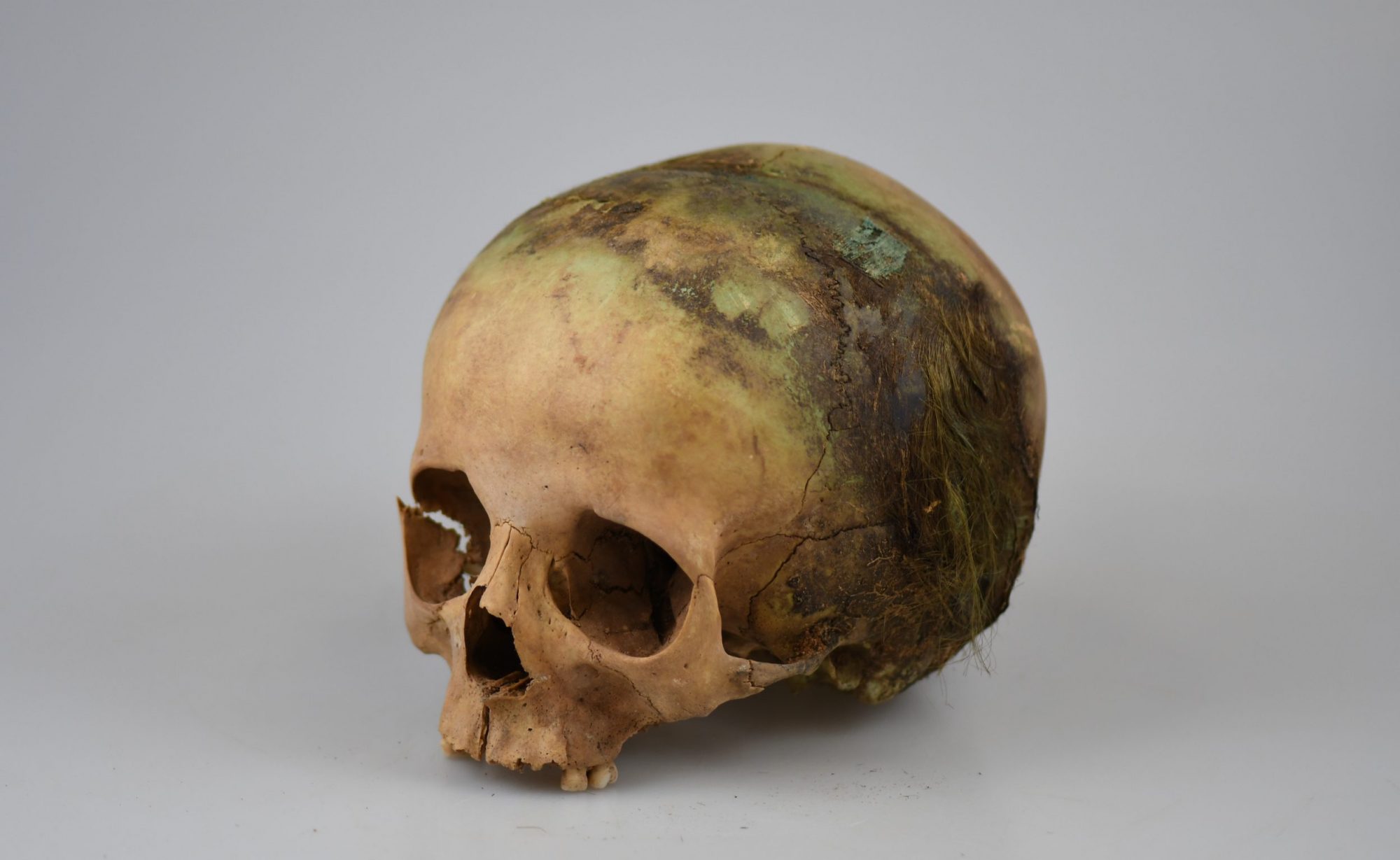In 2014-2015, archaeological excavations were carried out in Subačius st. 41 plot (archaeologist – Justina Stankevičiūtė). 138 graves with 165 individuals were uncovered on the hillside in the eastern part of the plot. The original area of the burial ground of the 16th-17th c. was established behind city gates, away from the main streets and churches. No historical sources described this burial place. Most of the graves were individual, but in graves no. 14, 75 and 111 two individuals were buried, whereas in graves no. 4, 8, 9, 52 and 78 contained more than two individuals (3–7). Single individuals were buried in coffins with head orientated to SW, W, or NE. This burial place of Vilnius is distinguished by its atypical burial practice, unusual location (outside the city), as well as the abundance of skeletal pathologies. It is likely that these burials may represent the city’s “outcasts”, victims of wars and / or epidemics.
The preservation level of the remains is relatively good, most of the skeletons are complete, slightly fragmented with no or little erosion.
| Preservation | n | % |
| Complete skeleton (>50 %) | 82 | 49,7 % |
| Partially preserved skeleton (~50 %) | 47 | 28,5 % |
| Fragmentary skeleton (<50 %) | 36 | 21,8 % |
In total of 165 individuals are stored, including 92 (56%) adults and 73 (44%) non-adults (Fig. 1). Male and probable male accounted for 34% of all individuals studied, and female and probable female for 22%. Non-adult individuals, under the age of 18, accounted for 44% of all burials. Most non-adults died during the first year of life and up to five years, and adults, both male and female, died in year middle adulthood, 30-39 age group (Fig. 2 and Fig. 3):



